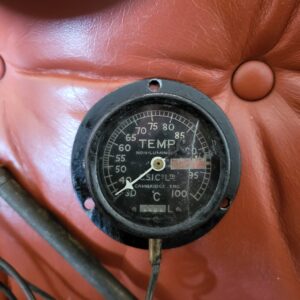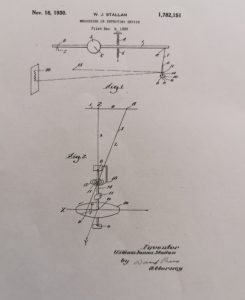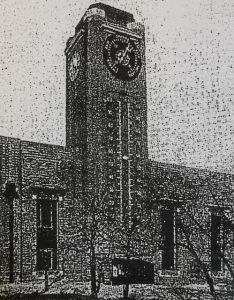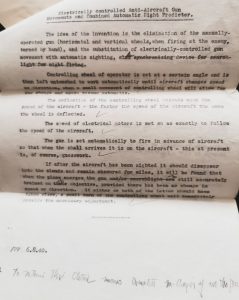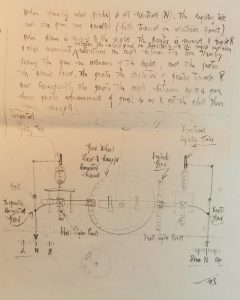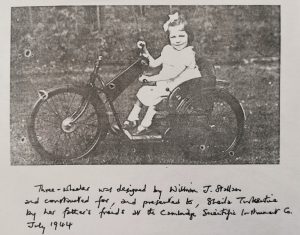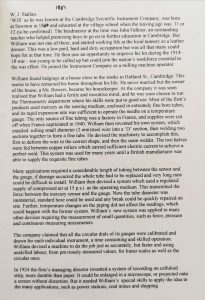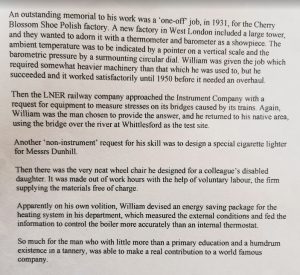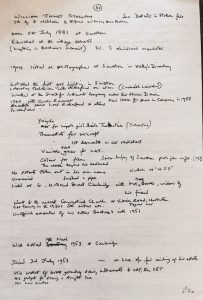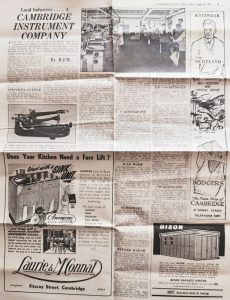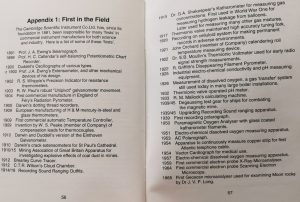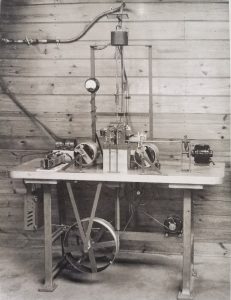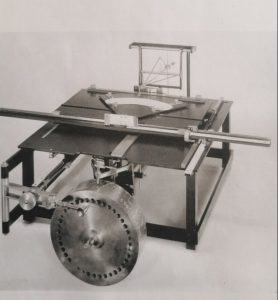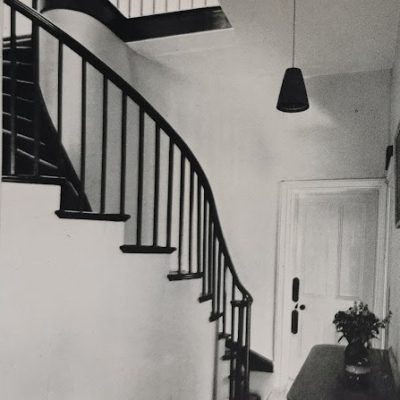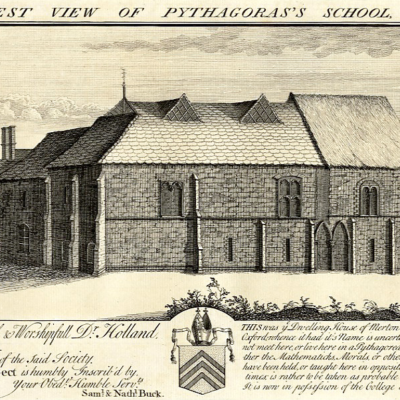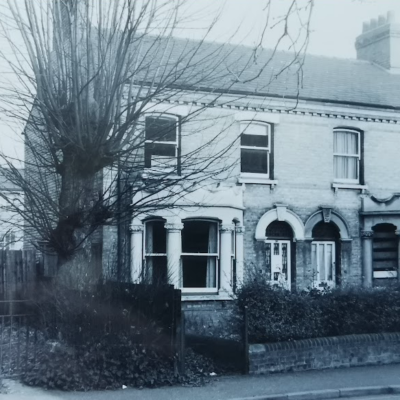Search by topic
- archaeology
- Building of Local Interest
- chapel
- charity
- church
- crime
- dressmaker
- fire
- Great Eastern Railway
- Listed building
- Mapping Relief
- medieval
- oral history
- poverty
- Public House
- Religious House
- Roman
- scholar
- school
- Then and Now
- tudor
- women
- work
- world war one
- world war two
Search by text
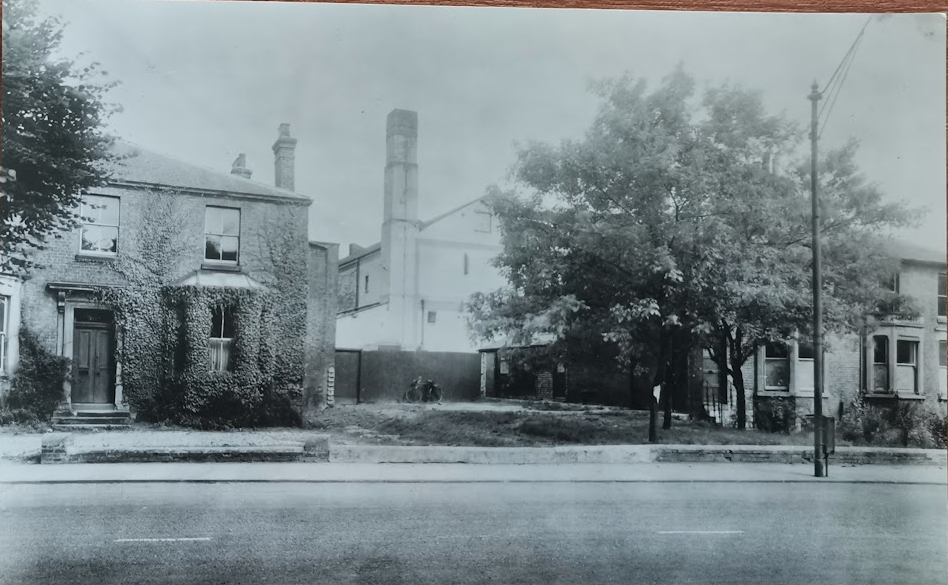 Cambridge Scientific Instrument Co - Carlyle Road (houses in picture had gone by late 20th century) (MoC 68/69)
Cambridge Scientific Instrument Co - Carlyle Road (houses in picture had gone by late 20th century) (MoC 68/69)Cambridge Scientific Instrument Company
History of Cambridge Scientific Company
1913 The Cambridge Scientific Instrument Company
Horace Darwin, chairman
R S Whipple & C C Mason, joint managers
W G Collins, works manager
A H Reed, secretary
C Knightley, caretaker
A research paper by John Bradley ‘The History and Development of Aircraft Instruments 1909 – 1919’ has looked at the role that CSIC people had on Government advisory boards during this period. The company made radiator thermometers for the aviation industry.
Description of career of William Stallan provided by his great nephew, C Tongue, in 2024. For other episodes follow links.:
[William James Stallan] tried employment locally as a leather dresser in a Sawston tannery, which was his father’s trade, but his permanent work emerged to be as a laboratory assistant at the Cambridge Scientific Instrument Company in Carlyle Road (how typical of the man to have his home, chapel and works all conveniently near to him) where he was initially engaged as a milling machine operative. Under the leadership of Sir Horace Darwin William was to emerge gradually as an intelligent inventor of many gadgets and refinements – some too complicated to describe here but as was the custom in those days, he only rarely gained credit or recognition when patents were registered by the company. It was enough for him to be inventing successfully and to be mastering problems.
When the First World War began he would have been aged 33. He saw no military action and we presume he played his part in devising useful inventions for the war effort. Incidentally his brother Herbert Stallan worked alongside Winston Churchill, the munitions minister, at the War Office and got an MBE after the war.
William’s speciality was thermometry and in due course he became head of that department. A family story related that he said one day “I may never see you again. This afternoon I am helping Ernest Rutherford to split the atom”, which infer that he went along to the Cavendish laboratory sometime in the 1920s with some helpful measurng instrument. It is a fact that he telephoned his sister a few days before that intriguing statement, and asked after various kin as if he was saying goodbye.
He is credited with inventing the first thermostat on car radiators, and made a gear, whereby a belt driven by two cones, made a totally variable drive speed used in several makes of cars. A list of his achievements is impressive and cannot be exhaustive, because much of the work of the Company was regarded as corporate team work. But our family memory has gleaned some examples, to which he will have referred over the years with pride or satisfaction.
With thermometry he invented a fine tube system for mercury, which was used as a sensing medium with many applications. In 1931 he devised a huge thermometer attached to the works tower of the Cherry Blossom Shoe Polish factory in Chiswick. The ambient temperature was to be indicated by a pointer on a vertical scale, and the barometric pressure by a surmounting dial. Sadly the tower and factory were demolished in the 1980s.
To return to the listing of products from William’s fertile mind we note: a machine to calibrate easily the circular dials of gauges used by the Company; for the L.N.E.R. railway company her devised equipment to measure stresses on its bridges, and used the bridge at Whittlesford for his tests. He worked alongside Gwen Raverat (née Darwin), the famous wood engraver, artist an author in 1940, when she wished to contribute to war work. In 1945 he patented improvements relating to rip-cord devices for parachutes; perfected an electrically controlled anti-aircraft gun with automatic site predictor. Then there was a micrometer for measuring the relief heights of colour photographs and cine films. he even made a special cigarette lighter for Messrs. Dunhill, and a 3 wheeler vehicle for Sheila Turkentine, a disabled girl whose family he knew. For the heating system in his department he put together an energy saving package which measured the external conditions and fed the information to control the boiler more accurately than an internal thermostat. Technical problems for him just existed to be solved.
During the 2nd World War William asked Alec North (his niece’s husband and a car mechanic at Devonshire Motors in Cambridge) to drive him to Thorpe Ness in Suffolk, to have a look at the hush-hush weapons site where a timer invented by him was being used. Alec had tested early tanks in the 1st World War, and so the two of them hoped to see some technology. They got as far as the wire fence but no further. After looking at the site for a while they returned to Cambridge. Some days afterwards police called on Will and Alec at their homes, asking who owned a car with the registration they quoted. They accepted the explanation, presumably it was just Will checking up on one of his “babies.”
At home he made several household gadgets. On a rare occasion I was invited to come upstairs to his sparsely furnished bedroom to be shown the ghostly face of a clock which was projected on the bed-end when summoned silently from behind his bed-head, thus making a real clock or watch unnecessary. All he would see in the dark was the illuminated (and one would hope) accurate time!
It is said that he kept meticulous records of his work for the benefit of his employers but it was also averred that his handwriting was almost illegible. I do not share that last opinion. [continued at 6 Holland Street]
1944
1946
1962
1965
Contribute
Do you have any information about the people or places in this article? If so, then please let us know using the Contact page or by emailing capturingcambridge@
License
This work is licensed under CC BY-NC-SA 4.0





